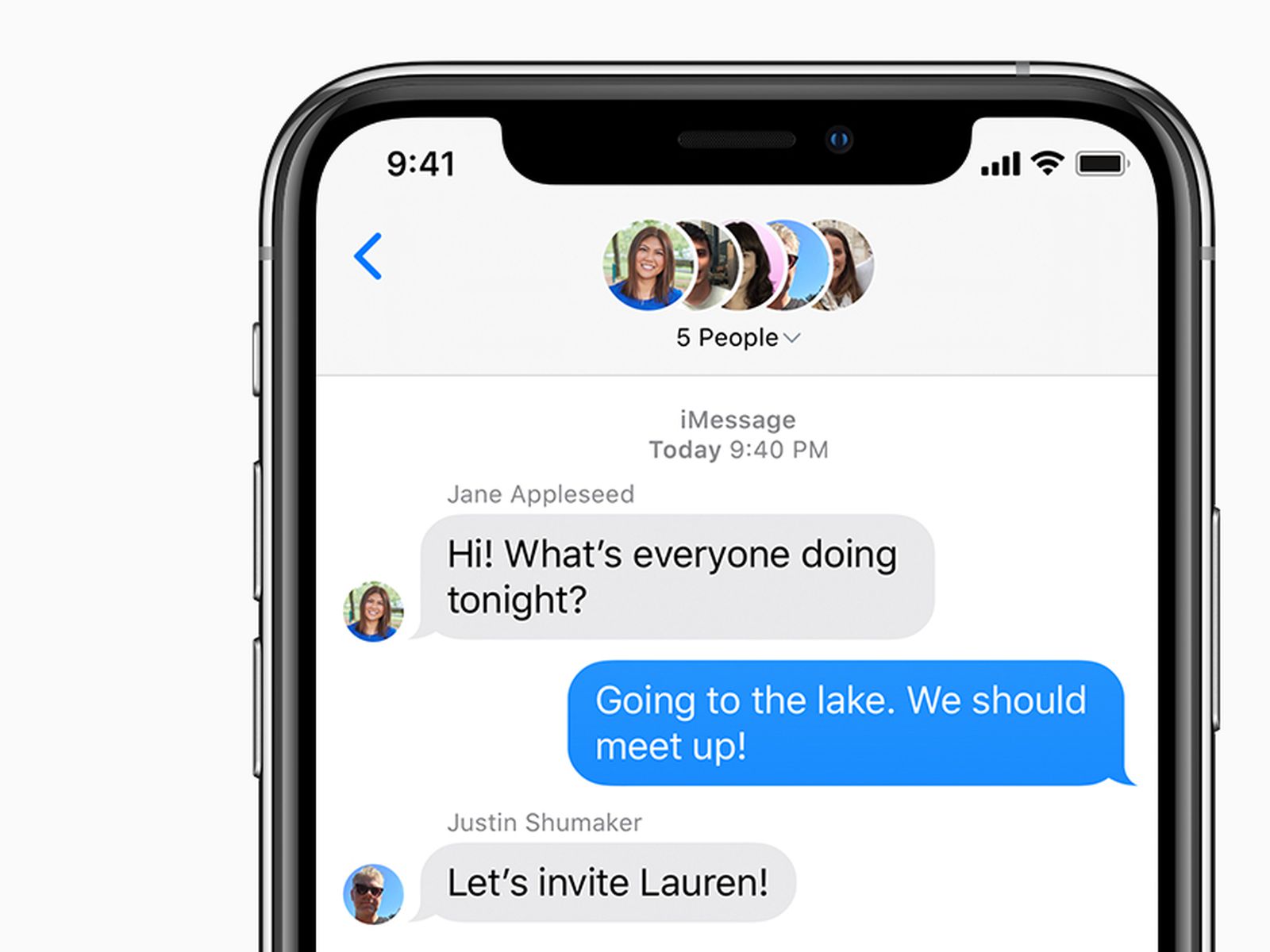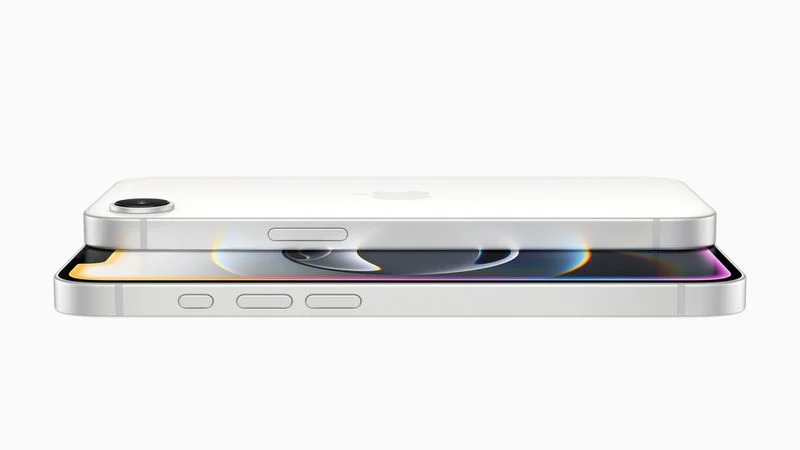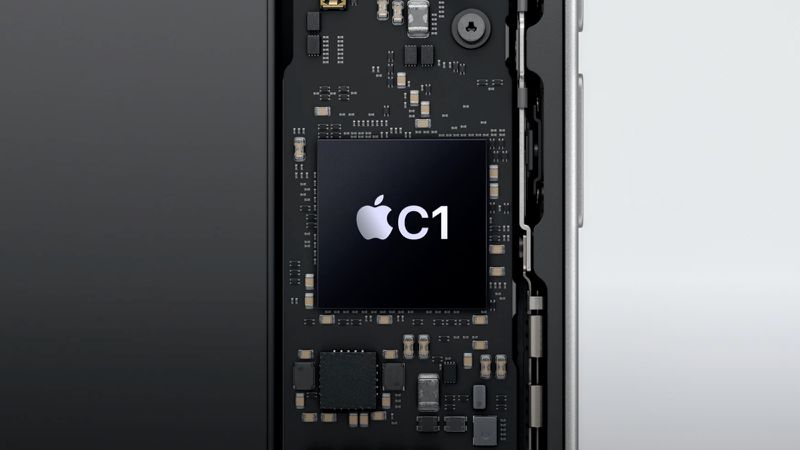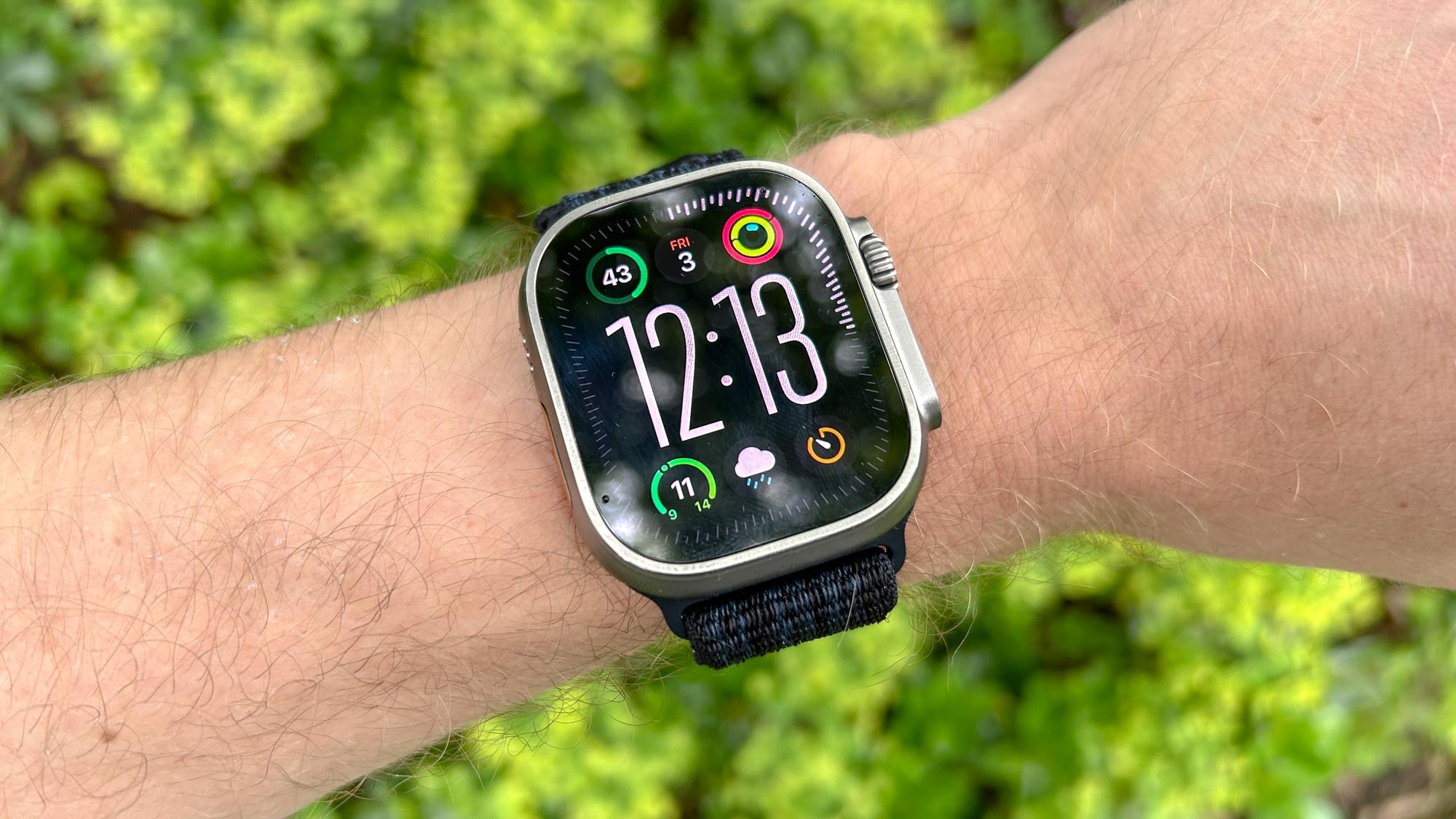Last month, Bloomberg’s Mark Gurman hinted that Apple could delay some of Siri’s exciting new Apple Intelligence features until iOS 18.5. His latest update suggests this is looking more and more likely.
Siri’s Personal Touch in iOS 18
Originally, Apple aimed to roll out these Siri improvements with iOS 18.4. But due to some hiccups and bugs, it seems the company has shifted gears to iOS 18.5 instead. The first test version of iOS 18.4, released recently, didn’t include any of these promised upgrades.
In his latest Power On newsletter, Gurman shared that iOS 18.5 will bring the real magic. He wrote:
- The next update, iOS 18.5, is where the cool stuff lands. Expect a smarter Siri with AI powers, as shown last June, plus Apple Intelligence support for users in China.
- Apple’s team has been quietly testing iOS 18.5 since early February, according to visitor logs spotted by MacRumors.
When Can We Expect It?
Gurman predicts that iOS 18.5 will hit devices in May, though testing might kick off earlier. He added:
- This new Siri will show if Apple can bounce back strong. It’s set to launch in May, almost a year after its big reveal.
- There’s still a slim chance some Siri tweaks could sneak into a later iOS 18.4 test version, but Gurman’s betting on iOS 18.5 for now.
What’s Coming to Siri?
The update promises neat tricks like noticing what’s on your screen, understanding your details, and giving you better control within apps. For instance, at WWDC 2024, Apple demoed Siri helping an iPhone user check their mom’s flight and lunch plans by pulling info from Mail and Messages.
Which iPhones Get It?
You’ll need an iPhone 15 Pro, iPhone 15 Pro Max, or any iPhone 16 model to enjoy Apple Intelligence.








